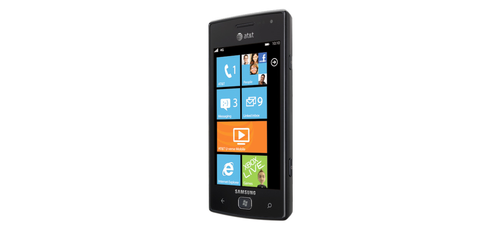Why you can trust TechRadar
Internet
Even with its lower price tag, the Samsung Focus Flash is still a 4G HSPA+ device, meaning it's capable of up to 21Mbps download speeds; however, our main complaint is against AT&T's network.
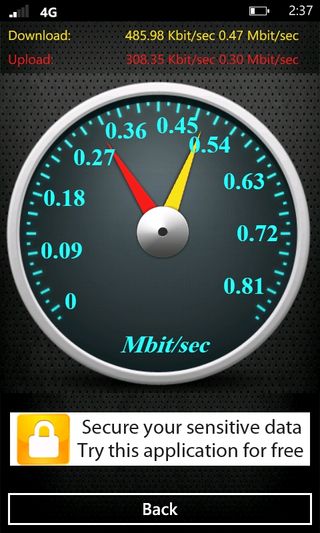
As with all of AT&T's HSPA+ devices, 4G speeds just aren't realistically achievable where we've been testing – which is throughout most of the San Francisco Bay Area.
In all of our speed tests, we had only one result in excess of 4Mbps, and an average of 1.8Mbps.
1.8Mbps is still a decent result when it comes to basic web browsing, but don't expect to do much video streaming.
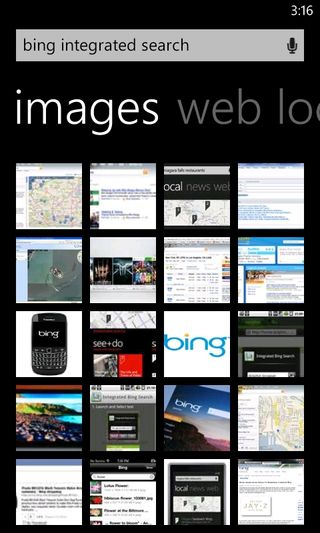
Web browsing, search, and navigation are exactly as they are in the Focus S.
We're still very happy with the Internet Explorer browser, the integrated Bing search features are just as effective, and navigation still has a lot of room for improvement.
Camera
Apart from the screen size, the camera is one of the biggest differences between the Samsung Focus Flash and the Focus S.
Compared to the Focus S' top tier 8MP camera module, the 5MP sensor found in the Flash may seem a little dinky.
Despite the weaker specs, the Focus Flash can still take a decent picture, high enough quality for use as a text message or uploading to your Facebook account, which is the primary use for a smartphone camera anyway.
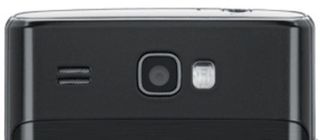
Side-by-side, the Flash's photos do pale a bit in comparison to the Focus S' photos. Overall, the Flash's photos don't come out quite as crisp and the color temperature tends to lean on the cooler side.
Going into the camera settings reveals even more differences between the two models. The Focus S has a handful of extra options, such as additional Image Effects, Anti-shaking, and Wide Dynamic Range.
Both cameras have trouble performing well in low light, but where the Focus S would seem to wash out details with its flash, the Focus Flash doesn't quite flash bright enough to adequately light the scene.

Like all WP7 devices, the Focus Flash has a two-stage dedicated camera button – half press for focus, full press to snap a photo. Holding the camera button also acts as a shortcut to the camera app.
The front facing camera is also a step down from what the Focus S has to offer.
The Focus Flash is only capable of VGA resolution photos (about 0.3MP), while the S has a 1.3MP sensor, though the actual quality difference between the two is hard to distinguish – both being pretty low quality.

Without Wide Dynamic Range, you have no manual control over details in shots like this.

The Focus Flash's macro shots don't seem to show as much depth as the Focus S.
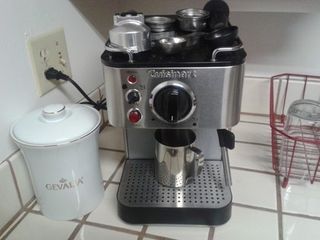
Even with good lighting, images come out slightly grainy.

Using the flash helps in low light, but it won't fill the entire scene.
Video
Even though the image sensor is significantly lower resolution, the Samsung Focus Flash is just as capable at shooting 720p video as the Focus S.

As long as you have adequate natural lighting, the Focus Flash has no trouble keeping up with its high-end brother in terms of quality. Its only real fault is a slightly cold shifted color production.
Once lighting starts to fade, you'll find that the Focus Flash starts to get a bit grainy. The same happens with the Focus S, but it's slightly more tolerant of low light.
The Flash also suffers from the same oddities in that it doesn't allow zooming while recording and it defaults to VGA resolution instead of 720p. This behavior seems to be standard amongst WP7 devices.
As an entry-level smartphone with 720p recording, the Focus Flash stands out as a solid contender against other WP7 phones.
Current page: Internet, camera, and video
Prev Page Interface, contacts, and messaging Next Page Media, Battery, and Maps and Apps